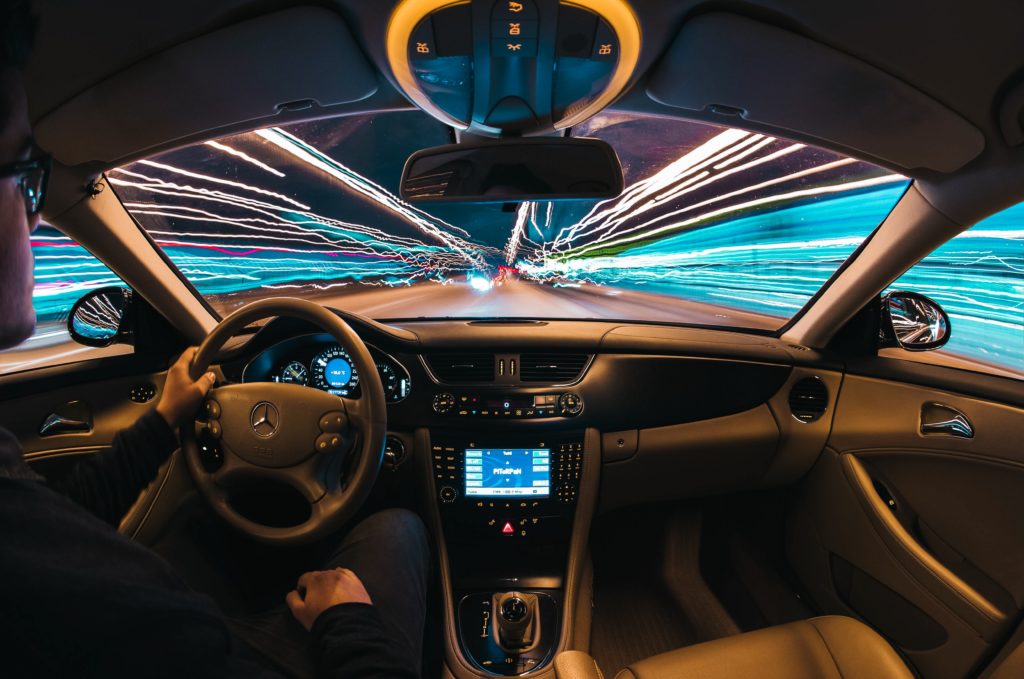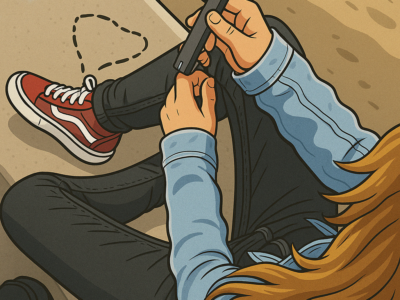On September 10, 1897, 25-year-old London taxi driver named George Smith became the first person ever arrested for drunk driving after slamming his cab into a building. Smith later pleaded guilty and was fined 25 shillings, and since then, drunk driving has been a problem. Nowadays, you can read story after story of people getting into dangerous situations when they get behind the wheel while intoxicated. If you have heard our presentation on alcohol, you will know that drunk driving is “driven” (pun-intended) by the loss of two main factors in the brain, the ability to predict the future, and inhibitions. However, what kind of world would we live in if there was a car out there that could sense that the driver was intoxicated, and stop them from getting behind the wheel? Well, in 2007, Nissan started tinkering with this idea, and by 2024 it could become a very real possibility.
The U.S. Congress is working on a bill that will aim to reduce the number of impaired drivers behind the wheel if it becomes law in the hopes of saving around 10,000 people that are killed annually due to alcohol-related crashes in America. The bill would establish a new “advanced drunk and impaired driving prevention technology safety standard.” Car manufactures would then have three years after the bill is signed to begin installing this technology into all of their vehicles that would prevent impaired drivers from being able to operate them.

The bill doesn’t specify what kind of anti-impaired driving technology would be part of this standard, just that NHTSA will verify that it is effective.
It could be similar to currently used ignition-interlock devices with breathalyzers that prevent the driver from starting the car if alcohol is detected. However, it could be entirely different. Back in 2007, Nissan started working on a hyper-sensitive shift knob that could detect alcohol in the driver’s sweat. Other sensors could detect alcohol in the air in the cabin, and the car itself could monitor the driver’s face for signs of impairment. It could also watch for driving behaviors typical for drunk drivers, like swerving in and out of a lane. If the car detects these sorts of signs, it could immobilize the car (if it’s stopped) and issue a “drunk-driving” voice alert over the sound system. If the car is already in motion, it can tighten the seat belts to prepare for the potential of a crash.
However, it has been about fourteen years since these concepts were thought up, and with all the latest technological advances in things like self-driving cars and accident prevention, who knows what the future of drunk driving prevention could look like.
Mothers Against Drunk Driving issued a statement strongly in favor of this bill, “When signed into law, legislation leading to impaired driving prevention in all vehicles will be the most significant, lifesaving public policy in MADD’s history,” the group said in a statement. “It will mark the beginning of the end of drunk driving.”


